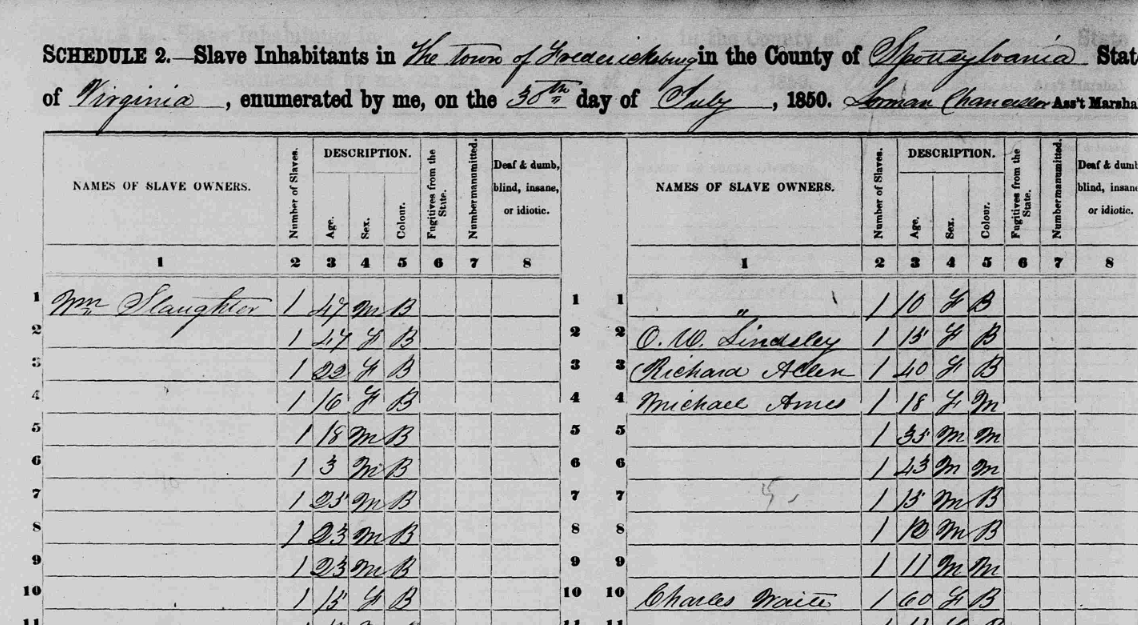The jolt is still sharp, even if you think you have more than a passing familiarity with U.S. history, knowledge of the high number of people we imprison in the United States and an awareness of the disproportionate number of African-Americans in our prisons and jails today.
So, what's behind Legend's remark?
It appears to derive from "The New Jim Crow: Mass Incarceration in the Age of Colorblindness," a 2010 book by Michelle Alexander that analyzed the national policy of mass incarceration adopted as the government's campaign against some drugs intensified and how it has shredded the social fabric of African-American communities across the United States.
Alexander says:
More African American adults are under correctional control today -- in prison or jail, on probation or parole -- than were enslaved in 1850, a decade before the Civil War began. The mass incarceration of people of color is a big part of the reason that a black child born today is less likely to be raised by both parents than a black child born during slavery.
What are we talking about in specific numbers?
First, the 1850 U.S. Census. The decennial enumeration of those living in the United States recorded a total of 23.2 million people. That included 3,204,313 slaves, of whom 1,747,961 were ages 15 or older. That adult population was split nearly 50-50 by gender (874,514 males, 873,447 females).
Second, our (reasonably) current incarceration and "correctional control" statistics. It would be beautiful if we could offer exact numbers, but the truth is that given the size of the population and the opacity of some criminal justice statistics, we have to live with some roundish numbers.
The easiest data to come by: the number of people locked up in federal and state prisons and local jails. According to a U.S. Department of Justice report, "Prisoners in 2013," there were about 526,000 black men and 23,100 black women -- total 549,100 -- serving state and federal sentences that year, the most recent for which data are available.
Another DoJ publications, "Jail Inmates at Midyear 2013," puts the number of black inmates in local jails across the country at 261,500.
And one last category: The sizable number of people nationwide who are under what's euphemistically called "community supervision" -- probation and parole. And yes, there's a Justice Department paper on that, too. The report, "Probation and Parole in the United States, 2013," says that of about 3.9 million people nationwide on probation, roughly 1.2 million are black. Of 850,000 people on parole across the U.S., about 320,000 are black.
So adding up those numbers (which do not include thousands of teenagers detained for juvenile offenses):
Blacks in state and federal prisons: 549,100
Blacks in local jails: 261,500
Blacks on probation and parole: 1,520,000
Total: 2,330,600
It's not news that African-Americans, and especially African-American men, are imprisoned much more often than any other racial or ethnic population. But just as a reminder: Black men are jailed at a rate nearly six times higher than white men. The lifetime likelihood that a black man will be incarcerated is one in three, compared with one in 17 for whites. Federal statistics show that in 2010, 9.9 percent of black males ages 30 to 34 were in state or federal prison.
Yeah, context is important here. Not that I speak for Michelle Alexander, John Legend or Common, but no one's drawing a one-to-one comparison between 1850 and 2015. The enslaved population of 1850 represented 90 percent of all blacks living in the United States. The total black adults incarcerated or under supervision is about 6 percent of the African-American population.
But the numbers say something else, too: The era of mass imprisonment has exacted a fantastically disproportionate cost from one American community still recovering from epochs of inhuman maltreatment and discrimination.
So, all that history -- Selma, Jim Crow and the rest, going back to the days when census takers didn't bother to record individual slaves' names? Yes, it's still with us.
Just for historical interest: Here's the section of the 1850 census that details the U.S. slave population:
